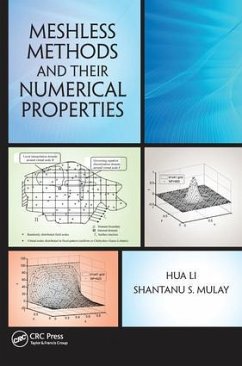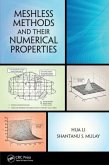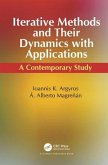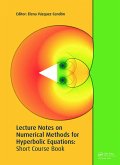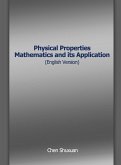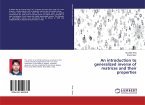Meshless, or meshfree methods, which overcome many of the limitations of the finite element method, have achieved significant progress in numerical computations of a wide range of engineering problems. A comprehensive introduction to meshless methods, Meshless Methods and Their Numerical Properties gives complete mathematical formulations for the most important and classical methods, as well as several methods recently developed by the authors. This book also offers a rigorous mathematical treatment of their numerical properties-including consistency, convergence, stability, and adaptivity-to help you choose the method that is best suited for your needs. Get Guidance for Developing and Testing Meshless Methods Developing a broad framework to study the numerical computational characteristics of meshless methods, the book presents consistency, convergence, stability, and adaptive analyses to offer guidance for developing and testing a particular meshless method. The authors demonstrate the numerical properties by solving several differential equations, which offer a clearer understanding of the concepts. They also explain the difference between the finite element and meshless methods. Explore Engineering Applications of Meshless Methods The book examines how meshless methods can be used to solve complex engineering problems with lower computational cost, higher accuracy, easier construction of higher-order shape functions, and easier handling of large deformation and nonlinear problems. The numerical examples include engineering problems such as the CAD design of MEMS devices, nonlinear fluid-structure analysis of near-bed submarine pipelines, and two-dimensional multiphysics simulation of pH-sensitive hydrogels. Appendices supply useful template functions, flowcharts, and data structures to assist you in implementing meshless methods. Choose the Best Method for a Particular Problem Providing insight into the special features and intricacies of meshless methods, this is a valuable reference for anyone developing new high-performance numerical methods or working on the modelling and simulation of practical engineering problems. It guides you in comparing and verifying meshless methods so that you can more confidently select the best method to solve a particular problem.
Hinweis: Dieser Artikel kann nur an eine deutsche Lieferadresse ausgeliefert werden.
Hinweis: Dieser Artikel kann nur an eine deutsche Lieferadresse ausgeliefert werden.

